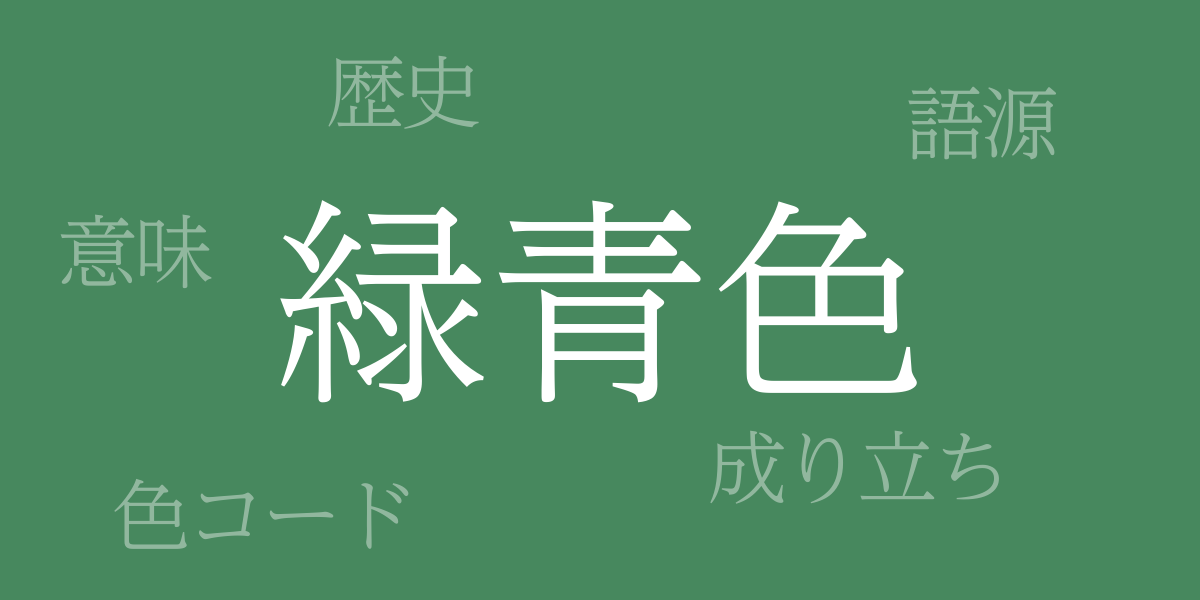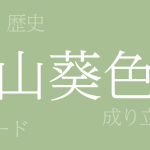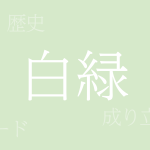Japan’s seasons enrich our hearts with a myriad of colors. Among these, the traditional Japanese color ‘Verdigris (緑青色(ろくしょういろ))’ carries a deep narrative woven from nature and history. This article delves into the allure of Verdigris, exploring how this hue has become embedded in Japanese culture.
About Verdigris (緑青色(ろくしょういろ))
Verdigris (緑青色(ろくしょういろ)) refers to a shade of teal, a blue-green color that evokes the beautiful greenery of nature and is deeply connected with the Japanese environment and culture. From the verdant scenery crafted by waterside plants and moss to the patina formed on copper plates used in ancient architecture, Verdigris naturally integrates into the Japanese way of life.
History of Verdigris
Verdigris dates back to the Heian period, seen in the garments of nobility and the byobu (folding screens) paintings. It was also used in the armor and sword embellishments of samurai, establishing its status as a prestigious color. As we entered the Edo period, Verdigris became popular among the common people, finding its way into ceramics and textiles, among other crafts.
Color Code of Verdigris
For digital design and web production, the color code for Verdigris is essential. Here are the codes:
- HEX: #47885E
- RGB: R:71 G:136 B:94
- CMYK: C:75 M:37 Y:75 K:0
Western Name for Verdigris
In English, Verdigris is known as ‘Verdigris.’ This name originates from the greenish patina that forms on copper due to oxidation, a phenomenon familiar in the West for centuries. In the art world, verdigris pigments have been used to replicate this unique hue.
Summary on Verdigris
Verdigris is a color deeply tied to Japanese nature, history, and culture, resonating uniquely with Japanese sensibilities. Cherished throughout history and still valued in modern design and art, this deep shade of green evokes a sense of peaceful passage of time and paints rich landscapes. Understanding the history and significance of this color deepens our appreciation of Japanese color aesthetics.

























